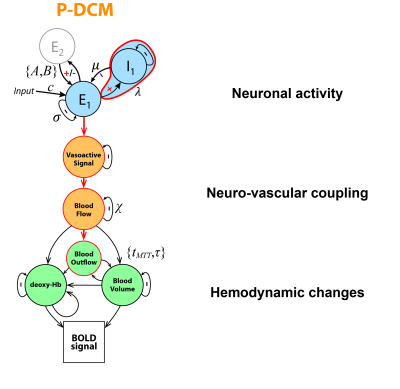Sunrise Course
Demystifying the fMRI Signal & Its Biophysical Origins I: fMRI Biophysical Signal Origin & Modeling
ISMRM & ISMRT Annual Meeting & Exhibition • 03-08 June 2023 • Toronto, ON, Canada

| 07:00 |
 |
Biophysical Origins of the fMRI Signal
Kamil Uludag
Keywords: Neuro: Brain function, Neuro: Brain connectivity, Contrast mechanisms: fMRI I will describe the physiological processes underlying BOLD signal and discuss the generative biophysical model and its time course properties: It primarily results from changes in oxygen metabolism, cerebral blood flow, and volume, which affect paramagnetic deoxygenated hemoglobin. The physiological origin of BOLD signal transients, such as the initial overshoot, steady-state activation, and post-stimulus undershoot, will be explored. Incorrect physiological assumptions in the generative model of the BOLD signal can lead to incorrect inferences about local neuronal activity and effective connectivity between brain regions. The author also introduces the recent laminar BOLD signal model. |
| 07:30 |
Biophysical Modeling of the fMRI signals
Jonathan Polimeni
Keywords: Contrast mechanisms: fMRI, Neuro: Brain function This educational lecture will review classic and modern biophysical models of the fMRI signals, with a focus on models of the BOLD response. We will consider the “balloon” model framework, which seeks to model the BOLD response within a single voxel and its nonlinearities, as well as extensions such as hierarchical models based on mass balance inspired by newly-available high-resolution fMRI that account for the coupling of hemodynamics between adjacent voxels sampling across cortical depths. We will conclude with newer approaches based on realistic Vascular Anatomical Network or VAN models informed by optical imaging measurements of microvascular anatomy and dynamics. |
The International Society for Magnetic Resonance in Medicine is accredited by the Accreditation Council for Continuing Medical Education to provide continuing medical education for physicians.